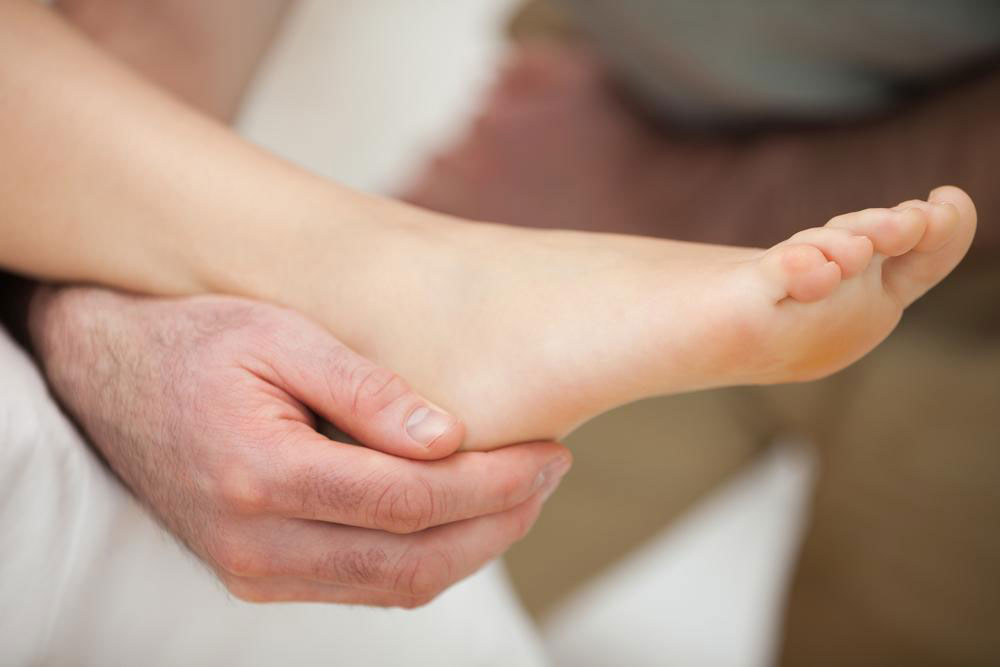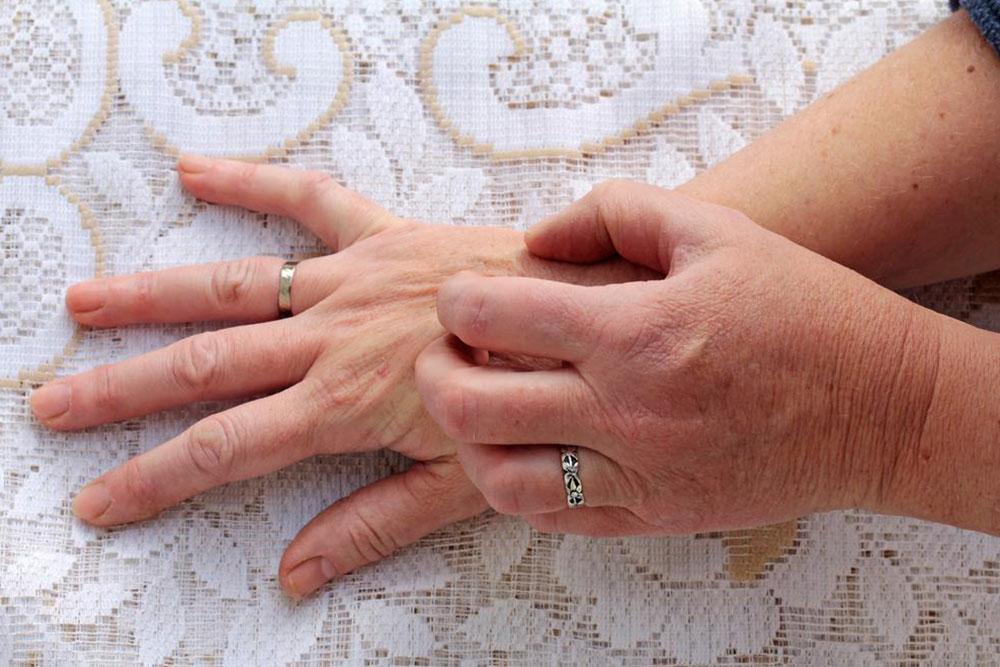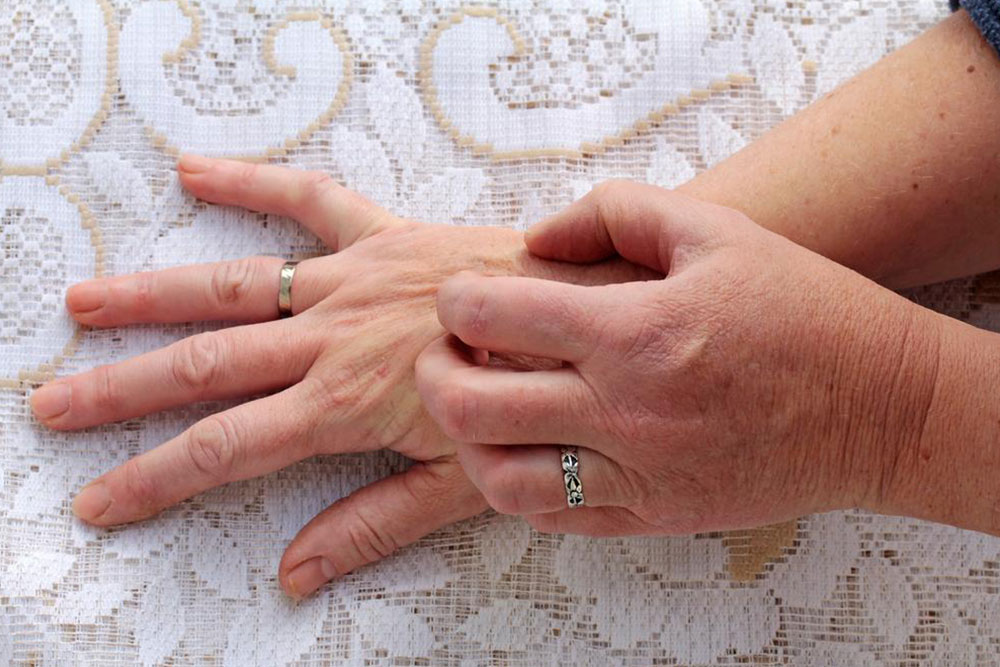Understanding Edema: Causes, Symptoms, and Treatment Strategies
This article explores the causes, symptoms, and management of edema. It highlights common health conditions like heart, liver, and kidney issues that lead to swelling and offers practical tips for prevention and treatment. Recognizing signs early and seeking medical advice are crucial for effective management and improved well-being.

Understanding Edema: Causes, Symptoms, and Treatment Strategies
Edema refers to the swelling caused by excess fluid accumulating in body tissues. This occurs when tiny blood vessels leak fluid into surrounding areas. While any part of the body can be affected, legs and feet are most commonly impacted. Symptoms vary based on the affected region but generally include noticeable puffiness. Recognizing the signs and understanding the underlying causes are essential for effective management and treatment of this condition.
Signs and Symptoms
Typical signs of edema include stretched or shiny skin, skin that dents when pressed, abdominal swelling, and leg heaviness. Symptoms depend on the affected site but often involve visible swelling and discomfort.
Taut, glossy skin
Dimpled skin after pressure
Swollen abdomen
Leg fatigue or heaviness
Common Causes of Edema
Several health conditions can lead to fluid retention and swelling. Identifying these causes is vital for targeted treatment and relief.
Effective treatment begins by addressing the root cause of edema. Here are some common health issues associated with fluid buildup:
1. Heart Failure
Heart failure, particularly when the lower chambers of the heart fail to pump effectively, causes blood to back up in the legs, ankles, abdomen, and lungs (pulmonary edema). This results in swelling and breathing difficulties.
2. Liver Disorder
Cirrhosis or other liver damages increase pressure in the veins, trapping fluid in the abdomen and legs. This pressure originates from scarring in the liver that affects blood flow.
This pressure leads to fluid retention, especially in the lower extremities.
3. Kidney Problems
Kidney diseases impair the organ’s ability to filter waste and excess fluid from the bloodstream. Damaged kidneys cause fluid and salt to accumulate, leading to swelling around the eyes and in the legs. Conditions like nephrotic syndrome can significantly reduce blood protein levels, causing fluid to leak into tissues.
4. Blood Clots in Deep Veins
Deep vein thrombosis occurs when blood clots form in deep veins, usually in the legs. This can cause localized swelling along with pain and warmth in the affected limb.
Other Factors Contributing to Edema
Besides health issues, lifestyle and environment also influence edema risk. Prolonged inactivity, poor nutrition habits, and aging can all contribute to fluid retention.
Extended sitting or standing can cause fluid to settle in the lower limbs.
High salt intake promotes water retention and swelling.
A weakened immune system increases susceptibility to infections or allergic reactions that cause swelling.
Aging increases the likelihood of health complications, including edema.
Certain cancers may elevate clotting substances in the blood, leading to swelling.
Management and Prevention
If swelling is observed, consultation with a healthcare professional is essential for diagnosis. Treatment depends on the underlying cause but typically involves lifestyle adjustments and medical interventions.
Elevate legs with pillows to reduce swelling.
Limit periods of immobility; take short walks regularly.
Wear compression stockings or support wear to improve circulation.
Reduce salt intake to help control fluid retention.
Following medical advice and making healthy lifestyle choices can effectively manage edema and prevent its recurrence. It’s crucial to seek professional help for persistent or severe swelling.










